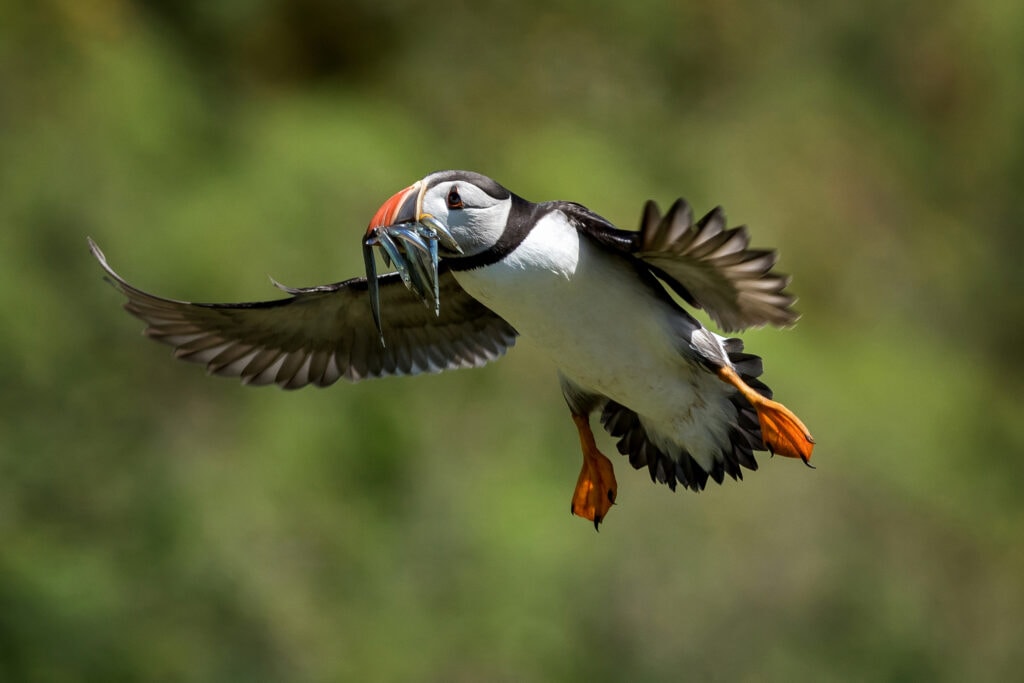It is always lovely to see conservation efforts pay off. The work that conservation groups do to preserve delicate species is vital and challenging, so seeing those efforts bear fruit is rewarding. Unfortunately, conservation is often not so simple. Where one species manages to thrive after decline, others languish and others embark on a journey that is rife with ups and downs. Good news is often followed up by bad news and it is sometimes all you can hope for that for each step backward two more steps are taken forward. This week, nothing has demonstrated this idea more poignantly than two pieces of news regarding the conservation of puffins.
Related Article: Awareness and Outreach on World Parrot Day
Puffins, those charming members of the auk family which seem to resemble penguins with large orange bills, are globally vulnerable. Like many seabirds, they nest in large colonies to which they tend to return each year to breed. Puffins only raise one chick each year and so disruptions to things like fish stocks, habitat availability, and other factors in the success of the breeding colony, can quickly prove devastating for their numbers.
This is why many of the largest puffin breeding colonies are monitored by conservationists. In Ireland, one of the largest colonies is Skellig Michael. Skellig Michael is a rocky island which has a robust seabird population. In early May, the success of the puffin colony on Skellig Michael was celebrated by birders when, in a single day, over 8,000 individual puffins were recorded on the island or in its surrounding waters.
Skellig Michael’s status as a nature reserve has likely contributed to the colony’s success, but researchers in Ireland have cautioned against excessive optimism. Puffin numbers in Ireland are still in general decline, but this boom in the Skellig Michael colony may represent the positive impact of conservation efforts on this particular Irish population.
Iceland is home to more than 60 percent of the global population of Atlantic Puffins. As the species declines around the globe, conservation efforts must focus especially on protecting the Icelandic population if the species is to survive and thrive.
Unfortunately, amidst news that the Skellig Michael colony is thriving, comes news that the decline of puffins in Iceland is much more severe than was previously believed. In the past, it was estimated that the puffin population in Iceland had shrunk by 40 percent since 1995. New data suggests otherwise. The current figures suggest a staggering decline of 70 percent in the last 30 years. The primary cause for this sharper decline is believed to be food scarcity. As fish stocks drop, puffins are no longer able to fish to sustain themselves.
This pattern of success and heartbreaking setbacks is the duality of conservation. Even as communities and governments bolster small populations so that they may grow and thrive, larger global populations are unable to escape the pressures which drive their populations down.
Popular Article: Study Indicates That Mountain Quail May Benefit From Wildfires

